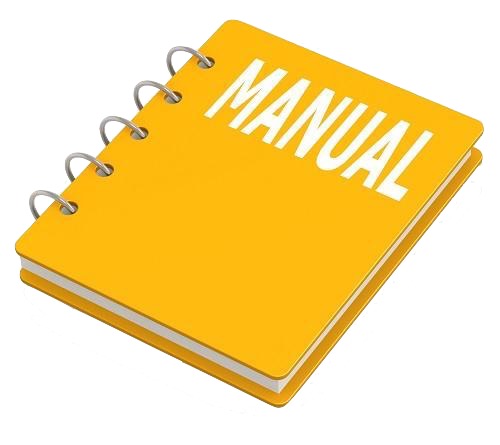INSTANT DOWNLOAD (add to cart)
Toyota Pickup 1979-1995 Workshop Repair & Service Manual
Complete digital official shop manual contains service, maintenance, and troubleshooting information for the Toyota Pickup 1979-1995. Diagnostic and repair procedures are covered in great detail to repair, maintain, rebuild, refurbish or restore your Pickup like a professional mechanic in local service/repair workshop. This cost-effective quality manual is 100% complete and intact as should be without any missing pages. It is the same factory shop manual used by dealers that guaranteed to be fully functional to save your precious time.
This manual for Toyota Pickup 1979-1995 is divided into different sections. Each section covers a specific component or system and, in addition to the standard service procedures, includes disassembling, inspecting, and assembling instructions. A table of contents is placed at the beginning of each section. Pages are easily found by category, and each page is expandable for great detail. It is in the cross-platform PDF document format so that it works like a charm on all kinds of devices. You do not need to be skilled with a computer to use the manual.
EXCERPT:
1995 Toyota Pickup SR5
3.0L V6 VIN [V] 1995 Engines – 3.0L V6
ADJUSTMENT
VALVE CLEARANCE ADJUSTMENT
NOTE: Adjust valve clearance with engine cold.
1. Disconnect electrical connector from throttle position sensor. Release fuel pressure. See FUEL PRESSURE RELEASE under REMOVAL & INSTALLATION. Disconnect vacuum hoses and fuel line at fuel pressure regulator.
2. Disconnect PCV hose. Drain cooling system. Disconnect necessary coolant hoses, electrical connections and vacuum hoses for removal of air intake chamber located above valve cover. See Fig. 7.
3. Remove union bolt and gaskets at cold start injector. Power steering pump bracket may need to be removed for access to valve cover. If necessary, remove power steering pump with hoses attached and secure aside. Remove power steering pump bracket.
4. Disconnect hose from PAIR valve. See Fig. 7. Remove engine hanger and support for air intake chamber.
Remove EGR valve assembly. Remove bolts/nuts, air intake chamber and gasket. Disconnect electrical connectors for removal of wiring assembly, located across engine, in front of valve cover. Remove bolts and wiring assembly.
5. Remove spark plugs, valve covers and gaskets. Rotate crankshaft clockwise so cylinder No. 1 is at TDC on compression stroke. Cylinder No. 1 is front cylinder on right side when viewed from rear of engine.
Ensure timing mark on crankshaft pulley aligns with “0” mark on timing belt cover.
6. Ensure valve lifters on cylinder No. 1 are loose and valve lifters on cylinder No. 4 are tight. If conditions are not as described, rotate crankshaft clockwise one complete revolution.
7. Using feeler gauge, measure and record valve clearance between valve lifter and camshaft on exhaust valve of cylinder No. 2 and intake valve of cylinder No. 6. See Fig. 1.
Fig. 1: Identifying Cylinder Numbers & Valve Locations
8. Rotate crankshaft clockwise an additional 120 degrees (1/3 revolution). Measure and record valve clearance on exhaust valve of cylinder No. 3 and intake valve of cylinder No. 1.
9. Rotate crankshaft clockwise an additional 120 degrees (1/3 revolution). Measure and record valve clearance on exhaust valve of cylinder No. 4 and intake valve of cylinder No. 2.
10. Rotate crankshaft clockwise an additional 120 degrees (1/3 revolution). Measure and record valve clearance on exhaust valve of cylinder No. 5 and intake valve of cylinder No. 3.
11. Rotate crankshaft clockwise an additional 120 degrees (1/3 revolution). Measure and record valve clearance on exhaust valve of cylinder No. 6 and intake valve of cylinder No. 4.
12. Rotate crankshaft clockwise an additional 120 degrees (1/3 revolution). Measure and record valve clearance on exhaust valve of cylinder No. 1 and intake valve of cylinder No. 5. Ensure valve clearance is within specification. See VALVE CLEARANCE SPECIFICATIONS table.
…
